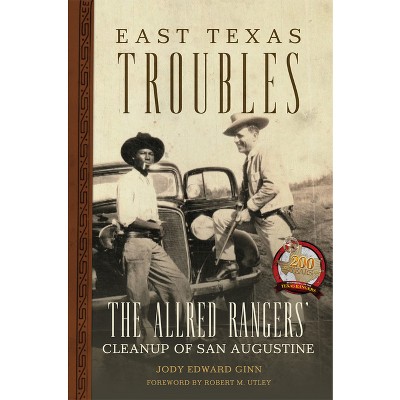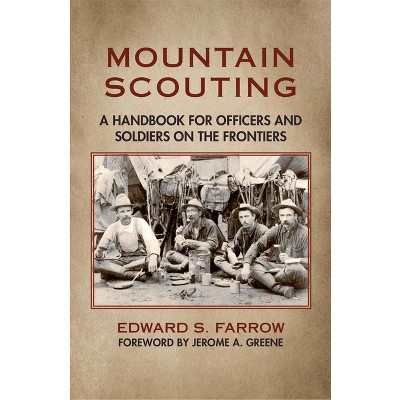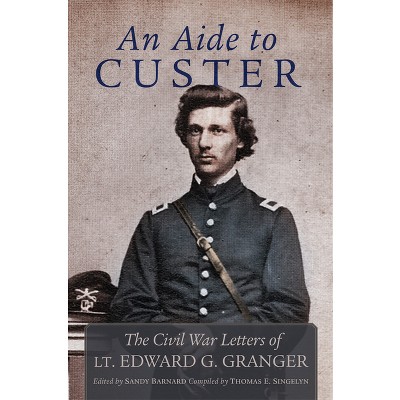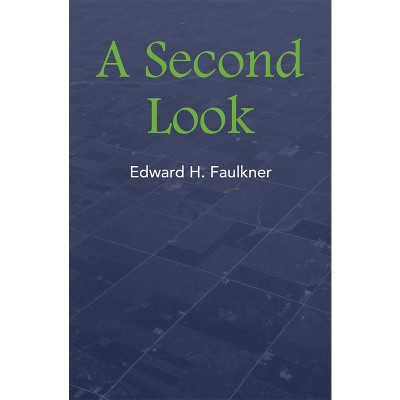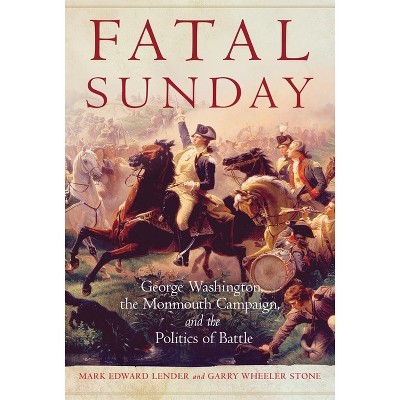About this item
Highlights
- Edward "Ed" Schieffelin (1847-1897) was the epitome of the American frontiersman.
- Author(s): Edward Schieffelin
- 130 Pages
- Biography + Autobiography, Adventurers & Explorers
Description
About the Book
Collecting the words of an exceptional figure who embodied the western frontier, Craig offers readers insight into the mentality of prospector-adventurers during an age of discovery and of limitless potential.Book Synopsis
Edward "Ed" Schieffelin (1847-1897) was the epitome of the American frontiersman. A former Indian scout, he discovered what would become known as the legendary Tombstone, Arizona, silver lode in 1877. His search for wealth followed a path well-trod by thousands who journeyed west in the mid to late nineteenth century to try their luck in mining country. But unlike typical prospectors who spent decades futilely panning for gold, Schieffelin led an epic life of wealth and adventure. In Portrait of a Prospector, historian R. Bruce Craig pieces together the colorful memoirs and oral histories of this singular individual to tell Schieffelin's story in his own words.
Craig places the prospector's family background and times into context in an engaging introduction, then opens Schieffelin's story with the frontiersman's accounts of his first prospecting attempts at ten years old, his flight from home at twelve to search for gold, and his initial wanderings in California, Nevada, and Utah. In direct, unsentimental prose, Schieffelin describes his expedition into Arizona Territory, where army scouts assured him that he "would find no rock . . . but his own tombstone."
Unlike many prospectors who simply panned for gold, Schieffelin took on wealthy partners who invested the enormous funds needed for hard rock mining. He and his co-investors in the Tombstone claim became millionaires. Restless in his newfound life of wealth and leisure, Schieffelin soon returned to exploration. Upon his early death in Oregon he left behind a new strike, the location of which remains a mystery.
Collecting the words of an exceptional figure who embodied the western frontier, Craig offers readers insight into the mentality of prospector-adventurers during an age of discovery and of limitless potential.
Portrait of a Prospector is highly recommended for undergraduate western history survey courses.
Review Quotes
"What makes Portrait of a Prospector worth reading is that it is derived directly from Schieffelin's memoirs...[the book] is well worth reading from an Alaskan historical perspective, because Schieffelin's frank observations constitute a valuable contribution about how mainly indigenous people lived in the lower Yukon River basin the 1880s." --Tom Bundtzen, Alaska History
"Collecting the words of an exceptional figure who embodied the western frontier, Craig offers readers insight into the mentality of prospector adventures during an age of discovery and limitless potential."-- Mary Beth Jones, Book Beat
"Portrait of a Prospector engagingly illuminates the life of a particular U.S. frontier type, the gold and silver prospector of the late nineteenth century West, and adds to our understanding of the prospecting culture of the era. Ed Schieffelin's account is especially revealing as the story of a man who started prospecting at ten years old and did not stop until his death, a man who learned to go his own way rather than follow the rushes."--Paula Mitchell Marks, author of Precious Dust: The North American Gold Rush Era, 1848-1900
"The historical significance of Ed Schieffelin's life goes well beyond his Tombstone silver discovery, as demonstrated in this compelling autobiography, expertly edited and annotated by R. Bruce Craig."--Robert M. Utley, author of A Life Wild and Perilous: Mountain Men and the Paths to the Pacific
Shipping details
Return details
Trending Biography & Autobiography







